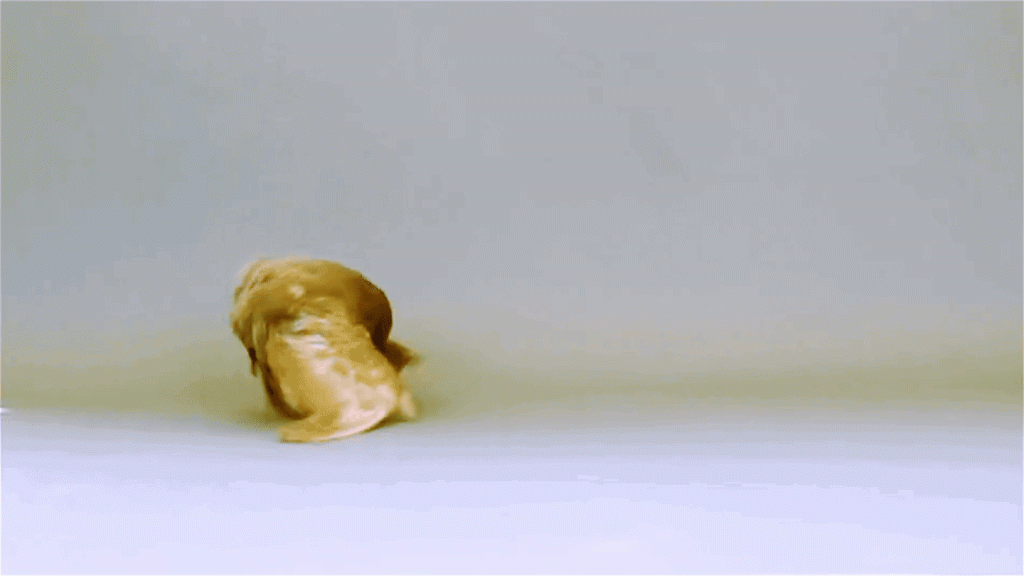Atoosa Samani’s interest in pigeon genetics began at a young age in Iran, where she observed that white coloring in pigeons is a recessive genetic trait. Her curiosity led her to study the pigeons that do backward somersaults in Michael Shapiro’s lab at the University of Utah. These roller pigeons exhibit a movement disorder that affects their ability to fly and worsens over time. Samani analyzed the genes behind this behavior and identified at least five genes involved in the backflips. She presented her findings at the Allied Genetics Conference, highlighting the genetic basis of the somersaulting behavior.
Samani’s research confirmed that backflipping in pigeons is a recessive trait through breeding experiments, where hybrid birds displayed the behavior only when both parents had the genetic predisposition. By utilizing statistical methods, she identified specific genetic regions associated with the tumbling behavior. Despite analyzing hundreds of genes in these regions, she has yet to pinpoint the exact genes responsible for the somersaulting. Further investigation into gene activity in the birds’ brains revealed nearly 2,000 genes that exhibit differing levels of activity in parlor rollers compared to non-rolling pigeons, narrowing down the search to around 300 potential genes linked to the behavior.
As Samani prepares to complete her Ph.D. and pursue a teaching career, she reflects on her five-year journey of unraveling the genetic mysteries of pigeon behavior. She acknowledges the mental challenges and rewarding moments of putting together puzzle pieces to make sense of the genetic mechanisms behind the somersaulting behavior. Despite the complexities involved in genetic research, Samani remains passionate about birds and genetics, expressing a sense of fulfillment in solving challenging mysteries.
Samani’s fascination with pigeons and genetics stems from her childhood experiences in Iran, where she observed the inheritance of white coloration in pigeons. This early exposure to pigeon heredity influenced her decision to explore the genetic factors underlying the tumbling behavior seen in roller pigeons. While Persian poetry romanticizes the acrobatics of pigeons as a joyful expression, Samani’s research presents a more somber reality, highlighting the progressive nature of the movement disorder that affects their flight capabilities.
Her study of pigeon genetics delves into the intricate genetic mechanisms that govern complex behaviors, shedding light on the genetic basis of the somersaulting phenomenon in roller pigeons. Through meticulous breeding experiments and genetic analyses, Samani has made significant progress in identifying key genetic regions and gene activity patterns associated with the backflipping behavior. As she prepares to conclude her research and transition into teaching, she reflects on the intellectual challenges and moments of clarity that defined her scientific journey in unraveling the genetic mysteries of pigeon behavior.















